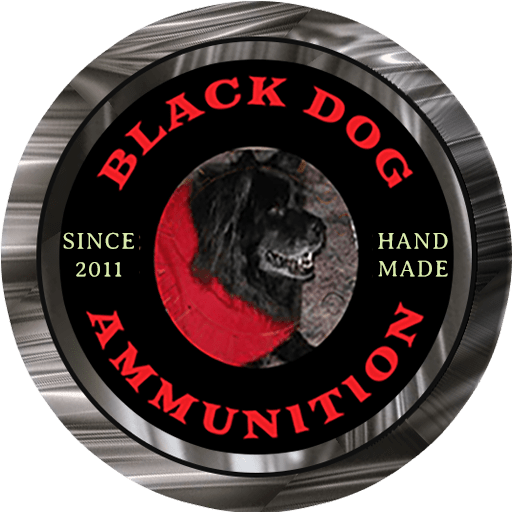Description
The.32-20 Winchester, also known as.32 WCF, was the first small-game lever-action cartridge that Winchester produced. It was initially introduced as a black-powder cartridge in 1882 for small-game, varmint hunting, and deer. Colt produced a single-action revolver chambered for this cartridge a few years later. This cartridge was sometimes used for deer hunting in the past, and William Lyman, the designer of rifle sights, said of it: “For large game, of course, a .32-20 W.C.F. cartridge is rather small, but it comes nearer to being an all-around cartridge in my opinion than any other.” Many now consider it too light and low-powered for deer and better suited to small game and metallic silhouette. It has a good reputation for accuracy in rifles as well as the few handguns that have been chambered for it. Because of its low power, it destroys very little meat, making it a good hunting round for appropriately sized game, up to about 100 yards (91 m). Although it is an inexpensive cartridge to reload, care must be taken by the reloader because of the extremely thin walls of the cartridge case. Energy and pressure levels for handloading are determined based on the strength and condition of the firearm action to be used. Because most firearms chambered for this cartridge are older (e.g. early model Winchester Model 73 and 92 rifles as well as older Colt and Smith & Wesson revolvers) factory ammunition usually has reduced pressures from what can be achieved through handloading. Most factory ammunition exhibits ballistics of about 1,200 ft/s (370 m/s) and 325 ft⋅lbf (441 J) of energy at the muzzle with a 100-grain (6.5 g) bullet from an 18 to 20 inch rifle barrel.





